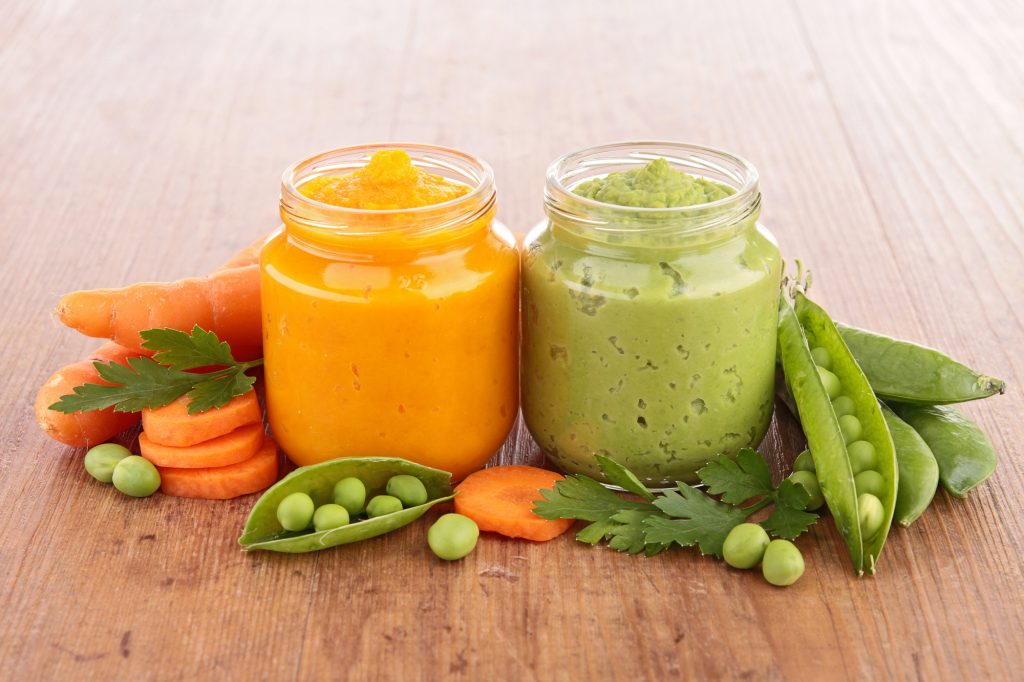
It’s Finally Time!
I have been anxiously awaiting this day for 6 months. No – I’ve been waiting for 6 months, PLUS the 9 months I waited for this precious little guy! The day I could finally make nutritious food for my little bundle of joy!!!
The Backstory
I approached pregnancy with a unique mindset: I challenged myself to eat healthier than ever before in my life, so that I could create the healthiest and happiest baby possible. As many of you may remember from an earlier blog post (Link: Nutrition Reflections from my 1st Trimester), morning sickness quickly threw a wrench in my plans, but as soon as I survived the first trimester, I started tracking my vitamin & mineral intake, eating less processed foods, and adding in as many nutrient-dense foods as I could.
Since Thomas was born, I have been hungrier than ever before and I have enjoyed packing in even more nutrients each day (eggs, spinach, sardines, blueberries, oranges, kale, almonds, etc). He LOVES nursing – and has never turned down a drop of milk!! He is growing into a chunky monkey with quite an appetite and always a quick hand to try to get his hand on my food at mealtime!
My Baby Food Philospohy
The Timing
My plan was to wait the full 6 months until introducing any solid foods. (We made it until 5 months and 3 weeks – this hungry boy was soooo eager to get some of that stuff that Mommy and Daddy have been eating!) There are several very important reasons for this.
First, breastmilk is incredibly nutrient-dense and full of antibodies. Adding in foods too soon would inevitably decrease the amount of nutrition the baby is consuming each day.
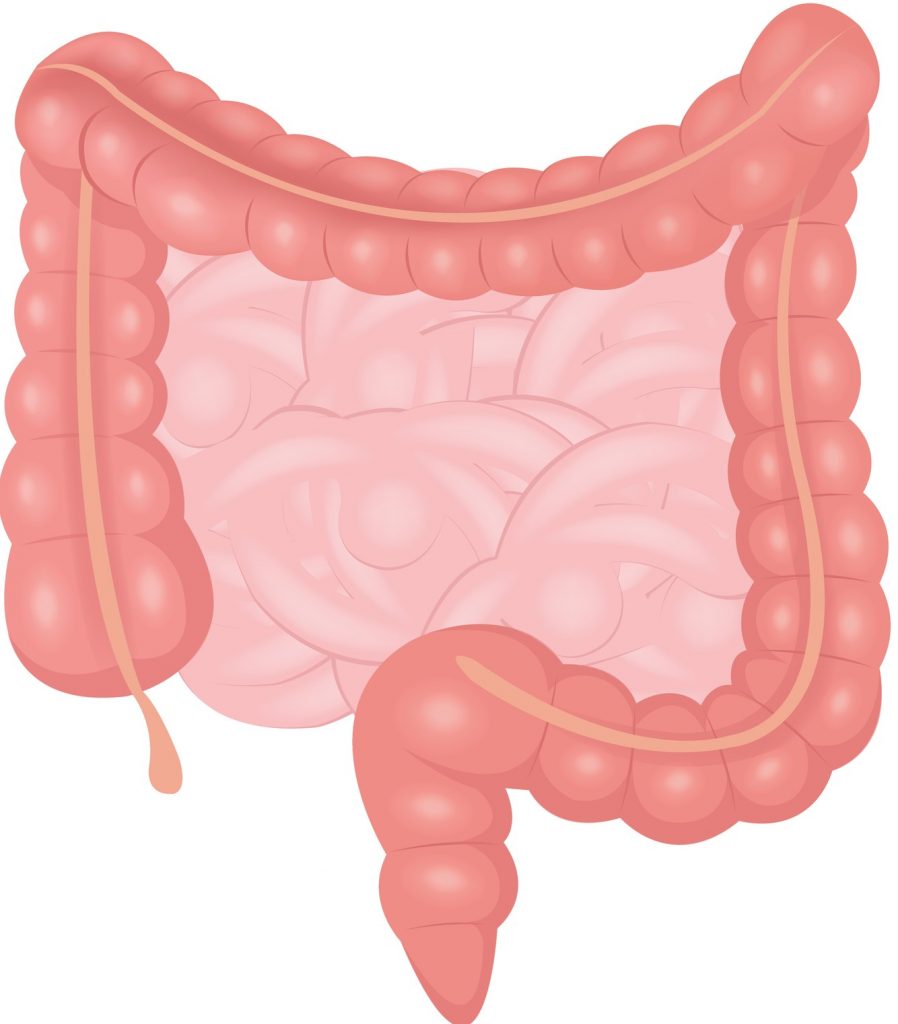
Secondly – and most importantly – a baby’s stomach and intestines are not 100% sealed when they are born. These permeable structures won’t fully mature until around 6 months of age and cannot necessarily hold in all of the particles that pass through them. This means that proteins & large, undigested particles of food can pass through the intestines and enter the bloodstream. When the body’s immune system notices these foreign particles, it identifies them as “invaders” and mounts and immune attack. When those same foods are ingested again in the future, the body remembers them as “invaders” and will attack them again. This is the beginning of a food allergy.
The Foods: Veggies & Fruits
I skipped the rice cereal, wheat cereal, and all of the grains. Every person from my parent’s generation has been shocked to hear this and cannot understand why.
According to Stephanie Middleberg, MS, RD, CDN,
“Rice cereal lacks the important nutrients that are found naturally in fruits and vegetables. It is refined, meaning the bran and germ, which contain the most nutrients, have been removed to make the product more shelf stable. Even the benefit of its iron content (which is added) isn’t superior to iron found naturally in leafy green vegetables, beans, tofu, not to mention the iron in meat, which the body absorbs most readily.”
(Middleberg, 2016)
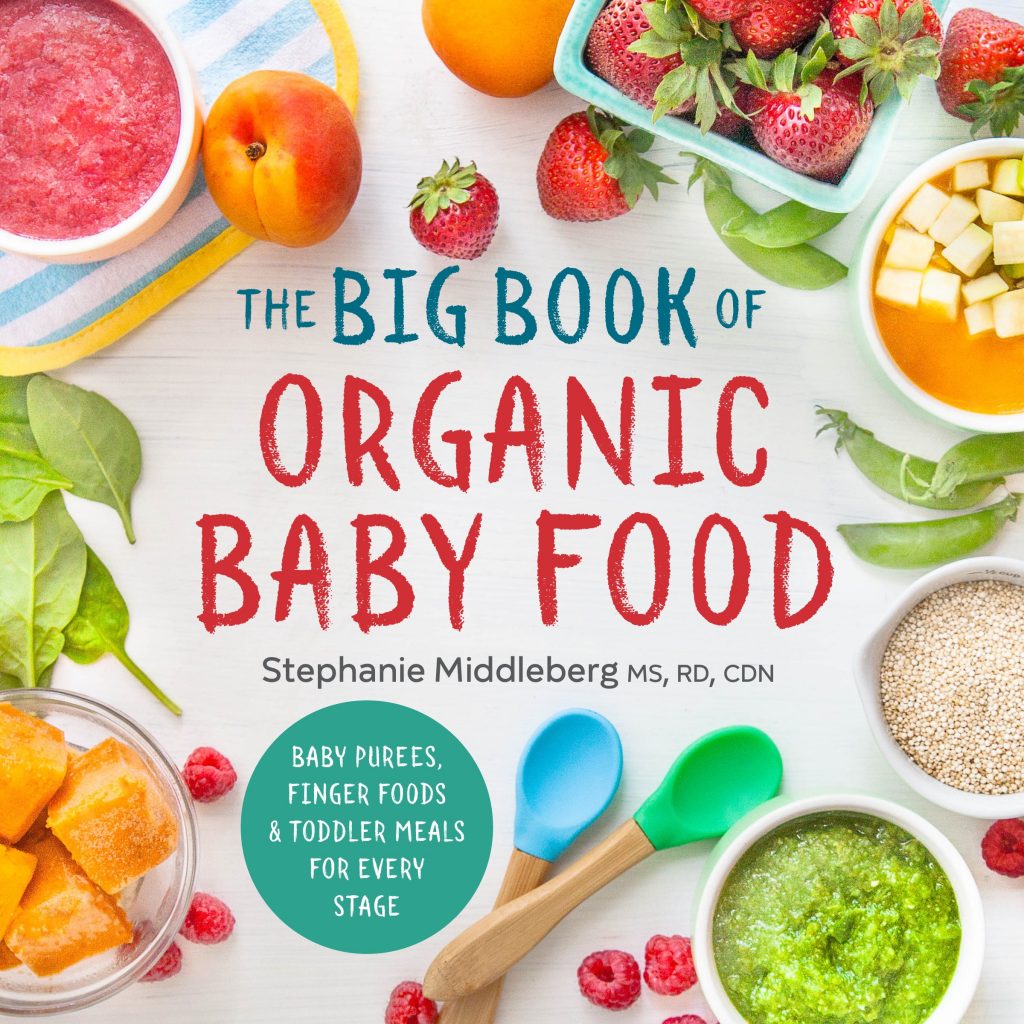
Where it gets interesting: The Blood Type Diet
The next question: which veggies & fruits should be first? Let’s back up to blood type. The type of blood you have (A, AB, B, O) determines which foods are most and least digestible and which foods are likely to cause allergies or indigestion. It also identifies the foods and food groups that help you to thrive and feel your best.
We have already experienced this phenomena first-hand. I have type A blood, which typically thrives on a plant-based diet high in veggies, fruits, grains, beans, and small quantities of poultry and dairy. Thomas has type O blood, which thrives on veggies, fruits, red meat, eggs, nuts, seeds, and small amounts of beans and some grains. Do you notice the difference?
Every time I eat grains (oats, millet, buckwheat, wheat, bread) or coconut, he breaks out with awful eczema, spits up, and cries immediately after feeding. I strongly dislike red meat and I have indigestion after eating it. It has been a challenge to find a sustainable breastfeeding diet to accommodate both of our dietary needs, but that has been my challenge during these last few months!
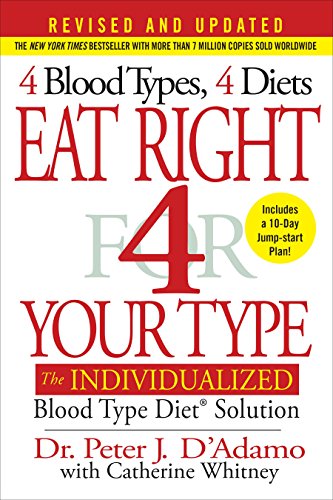
Within each of those categories, each blood type has foods that are “Highly beneficial,” “Neutral,” and “Should be Avoided.” I collaborated with my naturopathic doctor to determine a food introduction schedule that would be best suited to his needs:
- Sweet potatoes
- Peas
- Carrots
- Spinach
- Bananas
- Blueberries
- Peaches
- Avocado
We are starting with veggies, which are less sweet and will be introducing fruits afterwards since they are naturally sweeter. Also, I am introducing each food for a full 7 days before starting the next food to be extra careful about identifying any food allergies or reactions.
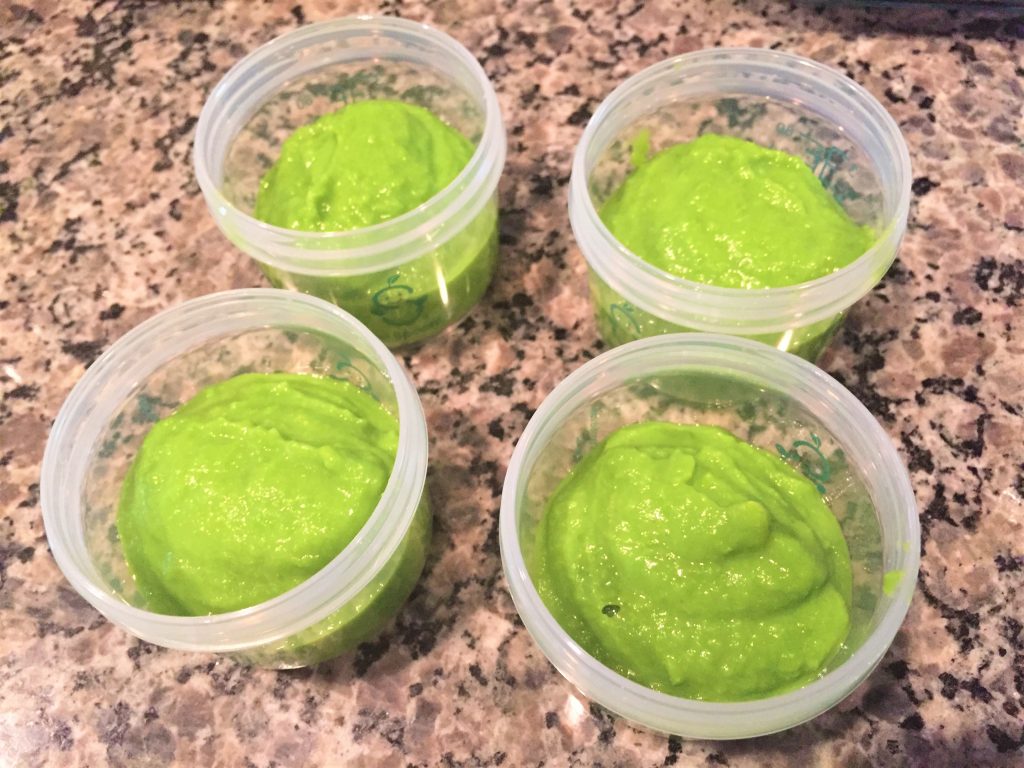
Eating Seasonally!
Blueberries and peaches made the “top 4” fruit list because they will be fresh and in season this summer. It is always important for people of all ages to eat seasonally! The food will be exponentially fresher and more nutrient dense if it is grown and harvested close to home.

The only food on this list that is in the “Avoid” category for a type O is avocado, which is why it is last. Just because a food is on the “avoid” list, it doesn’t mean that it can never be eaten. It just means that there is a greater chance of it not digesting well during vulnerable times such as infancy, illness, compromised digestion, etc.
Preparation: Homemade vs Store-Bought
As you may expect, I’ll be making all of almost all of Thomas’ food in my kitchen. This is the most effective way to ensure that he is getting the highest quality food – organic and fresh! I am not completely opposed to store-bought baby food, but it is sooo much more expensive and it has been sitting on shelves, in trucks, and boxes for a long time before it makes it home. Many of the labels I’ve read contain “cornstarch” and other emulsifiers and preservatives, such as “citric acid.”
Preparation: Cooking Technique
Another very important point is my method of preparation: steaming. Steaming is one of the healthiest cooking methods for many foods because it preserves nutrients, prevents over-cooking, and is gentler than boiling, roasting, or pan-cooking.
Also, steaming does not allow the sugars in foods to caramelize. For example, if you bake a sweet potato or baked potato, it develops a sweet flavor, as opposed to boiling a sweet or baked potato, which makes it more mellow and neutral. I will be steaming all of the first foods to avoid exposing his taste buds to only sweet flavors – or he might not be as willing to eat that spinach or kale in a few weeks! (I’ve been practicing my steaming technique for the past month – steaming all of our veggies every night, haha! It is actually quicker than baking – I dice up a sweet potato and it is steamed in 10-15 minutes, as opposed to waiting 45-50 minutes for it to bake!) Steaming is also ideal for blood sugar balance since it lowers the glycemic index and glycemic load of foods.
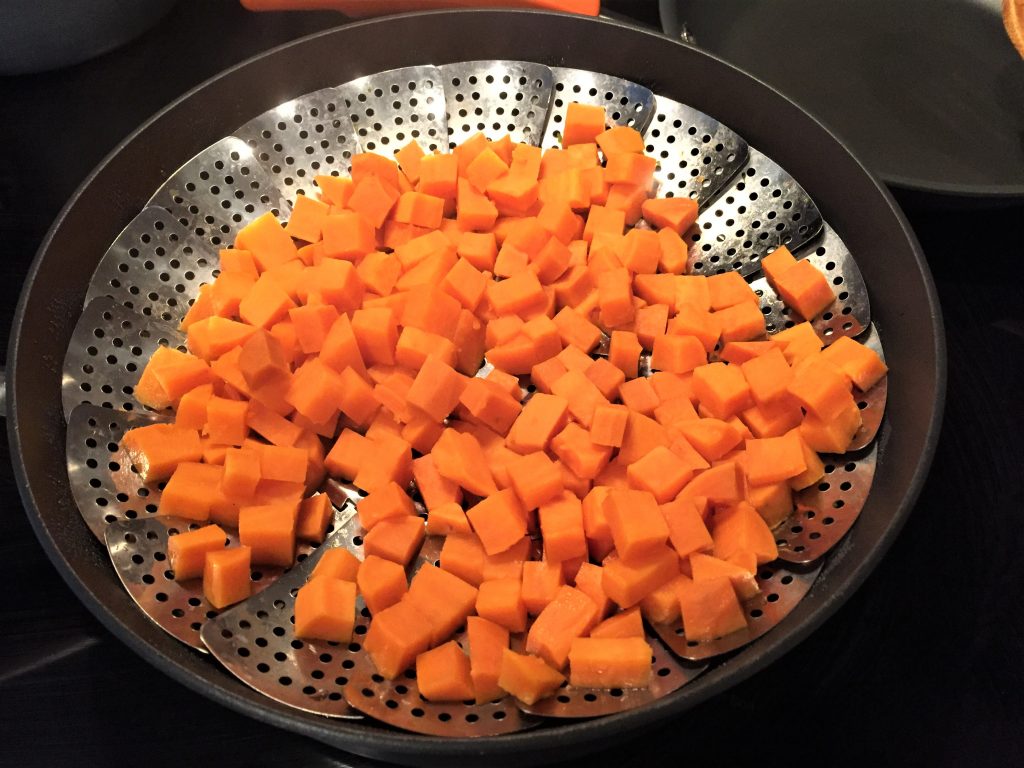
After steaming, I tried mashing it by hand which worked well, but I wanted to achieve a silky, smooth consistency for the beginning so I whipped it up with a few tablespoons of water in my Ninja blender for a few seconds and it turned out perfectly!
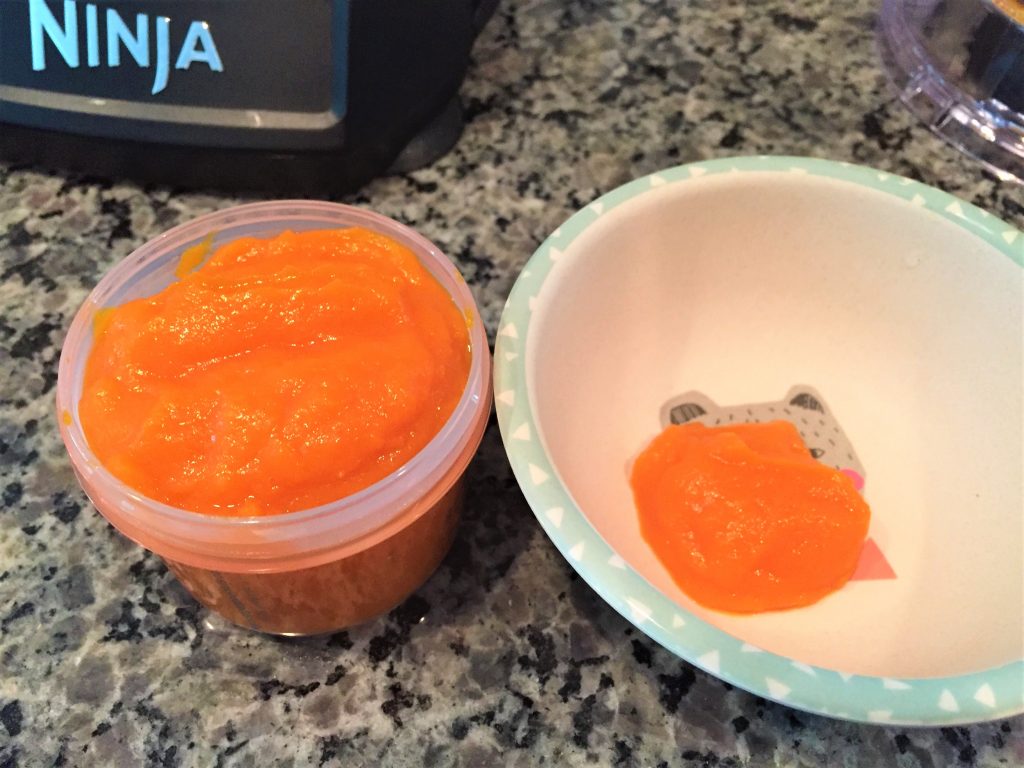
What About Water??
I started giving Thomas water at 4 1/2 months at the recommendation of my naturopathic doctor. It took at while for him to get the hang of it – at first, he was utterly disgusted and disinterested. However, when we came in from a walk on a warm day and I offered him a spoonful of cool water, he fell in love and the rest was history! He undoubtedly LOVES water more than any food I’ve ever offered, which is great because it keeps him hydrated. Also, he has never been constipated since he started enjoying water. I am thrilled because this is starting him on a healthy lifestyle habit of drinking water!
To conclude…
The strategy behind introduction of solid foods is a hot topic with many differing views. The science is changing rapidly and many new perspectives are emerging each year. I’d love to hear any thoughts or feedback you may have! I am a first-time mom, learning as I go along and listening to the cues Thomas gives me. All babies are unique and need a unique eating plan.
The one universal guideline I would suggest is making mealtime a family activity. Every meal in our house begins with a prayer and is enjoyed together calmly at the table. I am trying not to eat on the run and to model healthy eating habits for our little guy. Even a health coach will admit that the atmosphere of a meal is just as important as the nutritional content 😉

Reference
Middleberg, S. (2016). The big book of organic baby food. Sonoma Press: Canada
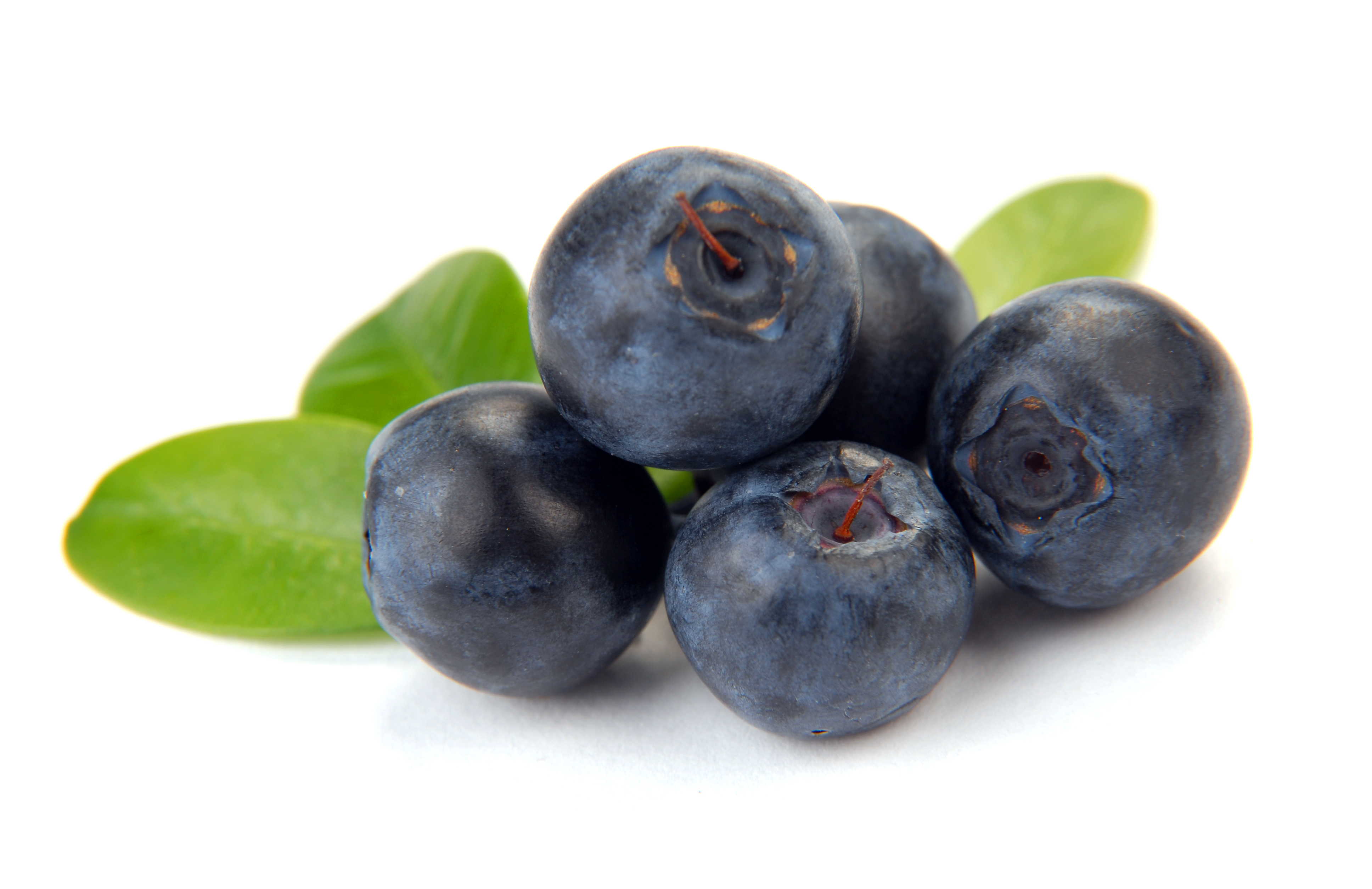
Excellent information! Baby Andrew has blood type O so I will definitely pass your info to Andrew and Nicole. Thanks so much!
I’m so glad this was helpful! If you have any questions, just let me know! 🙂
Heather this was perfect! I plan on making all of Peyton’s food and she is type A. I do have a question, what did your naturopathic doctor say about the benefits of offering water so soon? Also how much and how often a day do you give it to him?
Hi Candance! I’m glad you liked this post! We started water pretty early to be sure that he stayed hydrated- both because of the warmer weather and the fact that when most babies start solid foods, they get constipated as their body adjusts to less liquid and more fiber. When we initially started giving Thomas water by the spoonful (while sitting in his high chair), he wanted nothing to do with it and was quite disgusted to be honest. (Not as flavorful as breast milk, I’m assuming lol) But when we came home from a walk on a warm day and I gave him cool water, he gulped it down and he loved it from then on! As with many things, it took a few attempts to get him used to it but to this day he likes water more than any food I’ve given him. It’s never too early to instill healthy habits like drinking water!
I typically give him 2-3 sips first thing in the morning (the most important time to drink water!) and a few sips between meals or after he’s been outside. At 6 months he started drinking out of a regular cup so we basically bypassed the sippy cup all together! I don’t give him too much with meals or near feedings because his tummy is still small and that wouldn’t be good for digestion. I hope this helps!! 🙂